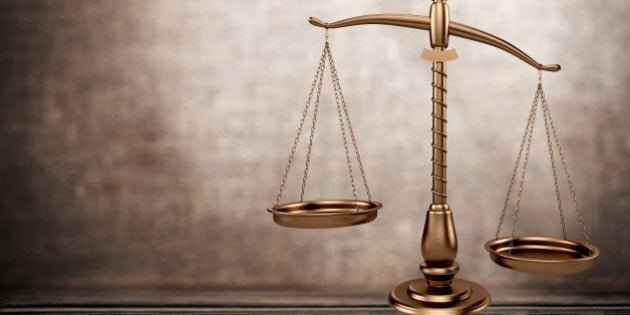
One in five children in Canada lives in poverty. One in ten will experience homelessness at some point in their lives. Food banks are overwhelmed. First Nations are rocked by a youth suicide crisis. Meanwhile, income inequality continues to rise, real wages for half the workforce are stagnant or falling, consumer debt is soaring, and the top 10% takes nearly half of all income.
It is time for the federal government to act on reducing income inequality. For decades, the IMF, OECD, and World Bank have warned governments about its destabilising effects. Last month, the World Economic Forum in Davos reported that inequality constitutes the single greatest threat to the global economy. More than an ageing population. Even more than climate change.
And across academic disciplines, researchers have found that societies with smaller income differences between the rich and poor live longer, healthier lives with less crime, less corruption, and stronger social ties. Children too are happier, healthier, less likely to drop out of school, less likely be bullied, and more likely to move up the social ladder.
The federal government is now more than a year into its mandate and has yet to tackle this problem. A marginal tax cut for the middle class won't get us there. Not even close. To have any chance of curbing the trend will require a fairer, more progressive tax system that helps the poor, a tougher stance on tax evasion, and a bold policy agenda that tackles the root causes of inequality - not just poverty but extreme wealth as well.
Trouble is, the rising inequality not only shortens lifespans and divides communities, it also blinds government to the needs of the most vulnerable. Despite its feel-good rhetoric about fairness and inclusiveness, the federal government seems content to double down on Conservative-era policies that will deepen inequality and send more wealth to the top income strata.
To figure out why this happens, consider this. Public spending serves the common good more than it benefits the rich, whom can probably manage fine with low taxes, private clinics, private schools, no public transit, and so on. When incomes and inequality rise together, as they are in Canada, the rich gains political influence to cut taxes and regulations and keep spending down.
The results are predictable: under-investment in health, education, and other social services, and cash transfers to low-income families, and rising relative poverty. A poor country for rich people. A plutocracy. Or, as the late economist JK Galbraith famously described it, private opulence and public squalor.
Canada is fortunate to not have an economic growth problem. But it does have a wealth distribution problem. Compared to other wealthy but more equal countries like Finland or oil-rich Norway, it spends a lot to manage the impacts of inequality while doing little to prevent it. Making matters worse is the tendency to compare Canadian policy and leadership styles to only the US -- an outlier among outliers in both respects. So long as things are not as terrible up here then no worries.
Consider the record on child poverty and health in Canada. The poverty rate increased from 15 to 19% since 1989 and is now 2.5 times higher in Indigenous children. Internationally, Canada is a laggard with respect to child health due in large part to deep-rooted inequities between Indigenous and non-Indigenous Canadians and high income inequality. In 2012, UNICEF ranked Canada 17th out of 29 rich countries with respect to overall child health and wellbeing. Its 2016 follow-up report on child health inequalities (that is, the gap between the bottom and the norm) ranked Canada an abysmal 26th among 35 rich countries, between Lithuania and Poland. And since coming to power, the current federal government has spent a small fraction of the money it promised during the election campaign to Jordon's Principle - on closing the gap in healthcare outcomes for First Nations children. Remember that campaign promise to install a federal children's commissioner? Long forgotten.
If all this seems callous, that's because it is. The good news is that inequality isn't beyond our control. It's a result of priorities and policy decisions. The Liberals need to hold their nerve, stare down the plutocrats, and reexamine what they want to achieve with their time in office. Because time is running out to deliver on its promise to create a fairer, more just society.
Follow HuffPost Canada Blogs on Facebook